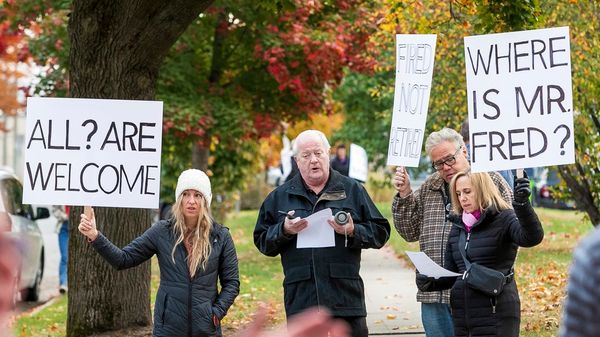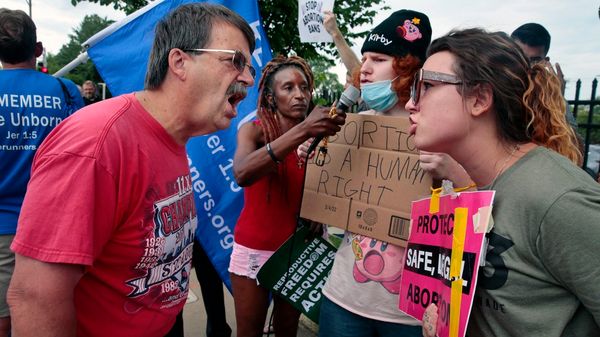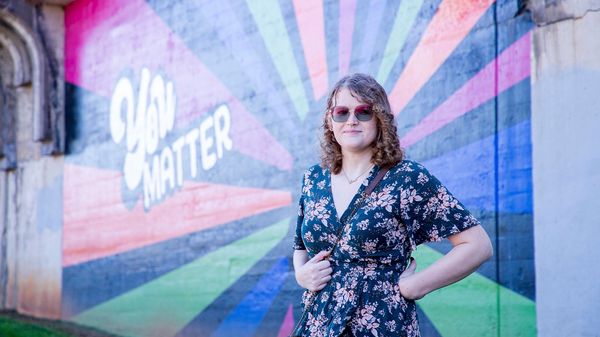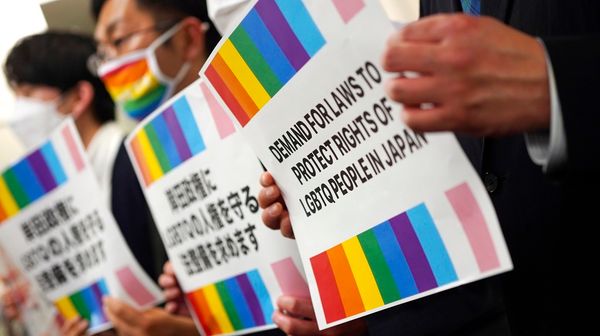
July 8, 2017
13,000 San Franciscans Have Hep C, Report Says
Liz Highleyman READ TIME: 4 MIN.
New estimates suggest that nearly 13,000 people in San Francisco are living with hepatitis C, with people who inject drugs, gay men, and baby boomers being disproportionately likely to carry the virus, according to a report from End Hep C SF.
"San Francisco is one of the only cities in the U.S. to have a robust estimate of how many people are living with hepatitis C," End Hep C SF steering committee member Emalie Huriaux of Project Inform told the Bay Area Reporter.
"Having this information is critical, as it both illustrates the great impact hepatitis C has on the city - with nearly two out of every 100 residents living with the virus - and it gives us a baseline by which we can measure our success toward the goal of eliminating the public health threat of hepatitis C in San Francisco," Huriaux added
Hepatitis C virus (HCV) is primarily transmitted through direct contact with blood. HCV is readily spread via sharing syringes to inject drugs, and the virus can also be sexually transmitted and passed from mother to child during pregnancy or delivery. There is no vaccine to protect against HCV.
Hepatitis C often has no symptoms at early stages and many people are not aware they are infected. But over years or decades, chronic HCV infection can cause serious liver disease including cirrhosis and liver cancer. There are now effective and well-tolerated hepatitis C treatments that can cure most patients in two to three months. The new drugs are expensive, but they are covered by Medi-Cal, and, increasingly, by private insurance.
To learn more about the hepatitis C epidemic in San Francisco, End Hep C SF compiled and analyzed public health data from multiple sources to come up with the first-ever estimate of the number of people living with HCV in the city.
Formed in 2016, End Hep C SF is a consortium of public health workers, medical providers, advocates, and people living with HCV that aims to eliminate hepatitis C as a public health threat in San Francisco.
"There was a very rigorous approach to deriving these estimates, using available data from multiple health care systems in the city, as well as recent survey estimates," End Hep C steering committee member Dr. Annie Luetkemeyer of UCSF told the B.A.R.
The analysis showed that approximately 23,000 people, or about 2.7 percent of the 2015 San Francisco population, have antibodies against HCV, indicating prior exposure to the virus. This is higher than the U.S. national estimate of 1.7 percent, according to the report.
About one in five people will clear HCV naturally, and others do so with treatment, leaving an estimated 13,000 people - about 1.5 percent of the population - with active infection. This group is prone to progressive liver damage and can transmit the virus to others. This estimate is similar to the 16,000 people thought to be living with HIV in the city.
The consortium estimates that more than 4,500 people have been treated for hepatitis C, based on reports from local medical facilities. The report says that "a few thousand" people have been cured, but this number is not easy to determine. While the newest combination regimens have cure rates above 95 percent, older therapies were less effective and many people stopped treatment early due to side effects.
"Given recent medical advances, we now have the potential not just to reduce, but to eliminate, hepatitis C as a public health threat in San Francisco," Luetkemeyer said.
Disparities Across Groups
There are large differences in hepatitis C rates across population groups, according to the report.
Although people who inject drugs make up only 3 percent of the total city population, they account for 70 percent of active HCV infections. Studies have shown that HCV can be transmitted through syringes, other injection equipment, and water used to mix drugs.
"We need to reach people who inject drugs with HCV testing and treatment that is accessible and meets them where they are, including sites like methadone clinics and needle exchanges," Luetkemeyer told the B.A.R.
Baby boomers born between 1945 and 1965 traditionally have the highest rate of hepatitis C in the U.S., and the Centers for Disease Control and Prevention recommends that everyone in this age group should be screened for HCV at least once. In San Francisco this group makes up 21 percent of the population, but accounts for 38 percent of active HCV infections, according to the report.
Gay and bisexual men, who make up 8 percent of the population, account for 13 percent of active HCV infections. Sexually transmitted acute HCV infection is mostly seen among HIV-positive men who have sex with men, and three quarters of gay men with HCV also have HIV. HCV transmission has been linked to a variety of sexual activities including condomless anal sex and fisting. It is not yet clear whether the virus can be transmitted through semen as well as blood.
Transgender women in San Francisco appear to have a particularly high rate of hepatitis C. Although this group makes up only 0.1 percent of the city's population, the report estimates that as many as one in six may be living with HCV.
"If you inject drugs or did so in the past, if you are a baby boomer, a transgender woman, or if you are a man who has sex with men - especially if you also are living with HIV - you should talk to your medical provider about testing for hepatitis C," said lesbian San Francisco Health Director Barbara Garcia. "Now that treatment is better and widely available, we can save the lives of thousands of San Franciscans."
Health officials and advocates recently learned, however, that next year's city budget does not include a requested increase in funding for hepatitis C, though it does maintain the current level. Additional funding allocated for harm reduction and behavioral health navigation would also contribute to HCV prevention.
"San Francisco is the first and only U.S. city that has dedicated itself to the goal of hepatitis C elimination, and is first to have a prevalence estimate of how much and who has hepatitis C (though most are as yet unaware)," Robin Roth, co-chair of the SF Hepatitis C Task Force, told the B.A.R. "Hepatitis C can be cured. But without real resources, so many of our innovative strategies cannot be realized."







